What's the meaning of the Arsenal F.C. Logo »
Arsenal F.C. Logo
This page is about the meaning, origin and characteristic of the symbol, emblem, seal, sign, logo or flag: Arsenal F.C. Logo.

Arsenal Football Club is an English professional football club based in Holloway, London, that plays in the Premier League, the top flight of English football. The club has won 12 FA Cups, a joint-record, 13 League titles, two League Cups, 14 FA Community Shields, one UEFA Cup Winners' Cup and one Inter-Cities Fairs Cup.
Arsenal was the first club from the South of England to join The Football League, in 1893. They entered the First Division in 1904, and have since accumulated the second most points. Relegated only once, in 1913, they continue the longest streak in the top division. In the 1930s, Arsenal won five League Championships and two FA Cups, and another FA Cup and two Championships after the war. In 1970–71, they won their first League and FA Cup Double. Between 1989 and 2005, they won five League titles and five FA Cups, including two more Doubles. They completed the 20th century with the highest average league position.
Until the 1960s, a badge was worn on the playing shirt only for high-profile matches such as FA Cup finals, usually in the form of a monogram of the club's initials in red on a white background.
The monogram theme was developed into an Art Deco-style badge on which the letters A and C framed a football rather than the letter F, the whole set within a hexagonal border. This early example of a corporate logo, introduced as part of Herbert Chapman's rebranding of the club in the 1930s, was used not only on Cup Final shirts but as a design feature throughout Highbury Stadium, including above the main entrance and inlaid in the floors.From 1967, a white cannon was regularly worn on the shirts, until replaced by the club crest, sometimes with the addition of the nickname "The Gunners", in the 1990s.
In the 2011–12 season, Arsenal celebrated their 125th year anniversary. The celebrations included a modified version of the current crest worn on their jerseys for the season. The crest was all white, surrounded by 15 oak leaves to the right and 15 laurel leaves to the left. The oak leaves represent the 15 founding members of the club who met at the Royal Oak pub. The 15 laurel leaves represent the design detail on the six pence pieces paid by the founding fathers to establish the club. The laurel leaves also represent strength. To complete the crest, 1886 and 2011 are shown on either sides of the motto "Forward" at the bottom of the crest.
- 2,064 Views
Graphical characteristics:
Asymmetric, Closed shape, Colorful, Contains curved lines, Has crossing lines.
Category: Sports symbols.
Arsenal F.C. Logo is part of the Major League Soccer, Premier League groups.

More symbols in Major League Soccer:
Major League Soccer (MLS) is a men's professional soccer league, sanctioned by U.S. Soccer, that represents the sport's highest level in both the United States and Canada. MLS constitutes o… read more »

More symbols in Premier League:
The Premier League is an English professional league for men's association football clubs. At the top of the English football league system, it is the country's primary football competition… read more »
More symbols in Sports symbols:
Symbols team logos and popular crests used in all kind of sports. read more »
Citation
Use the citation below to add this symbol to your bibliography:
Style:MLAChicagoAPA
"Arsenal F.C. Logo." Symbols.com. STANDS4 LLC, 2024. Web. 26 Jul 2024. <https://www.symbols.com/symbol/arsenal-f.c.-logo>.



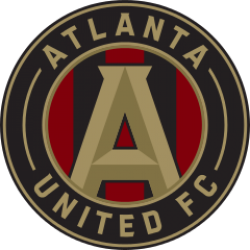
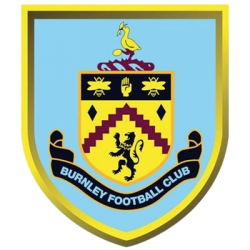
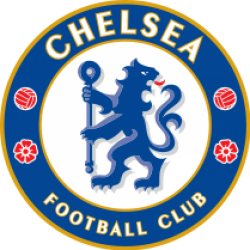
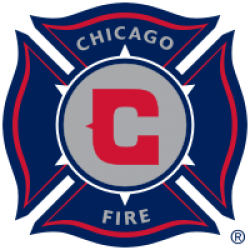


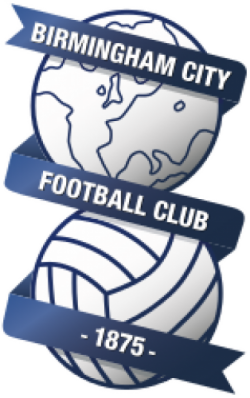
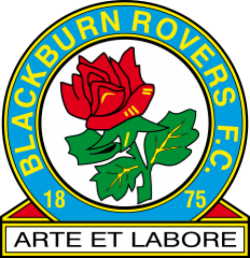






Have a discussion about Arsenal F.C. Logo with the community:
Report Comment
We're doing our best to make sure our content is useful, accurate and safe.
If by any chance you spot an inappropriate comment while navigating through our website please use this form to let us know, and we'll take care of it shortly.
Attachment
You need to be logged in to favorite.
Log In